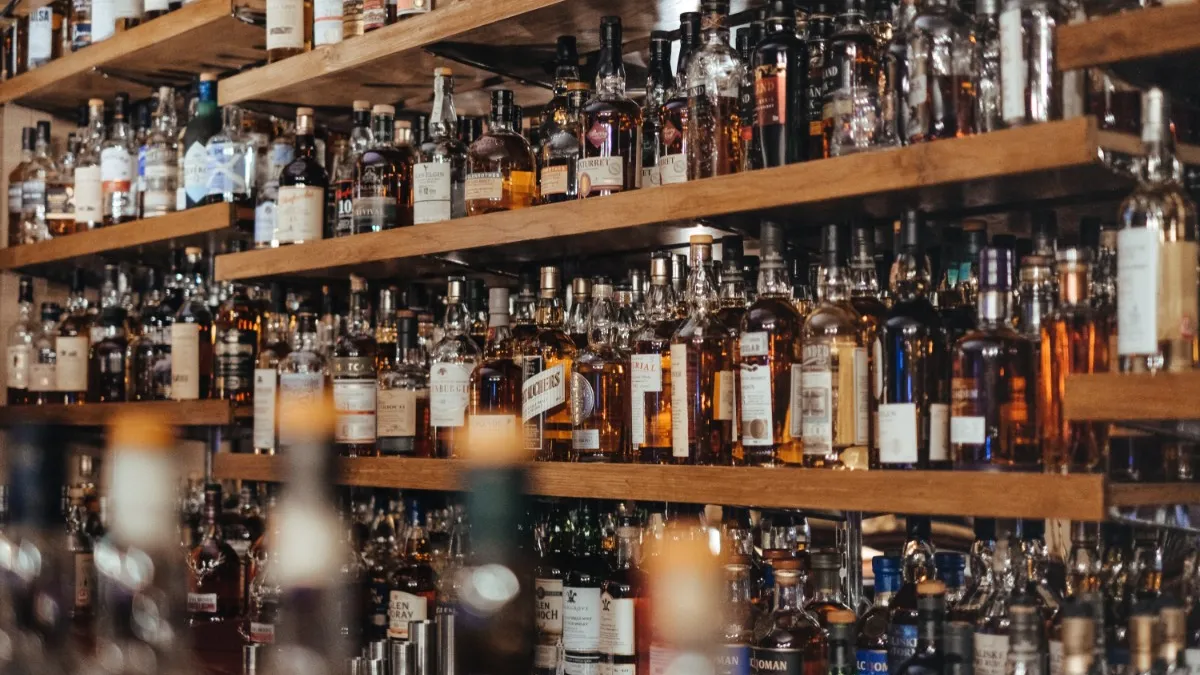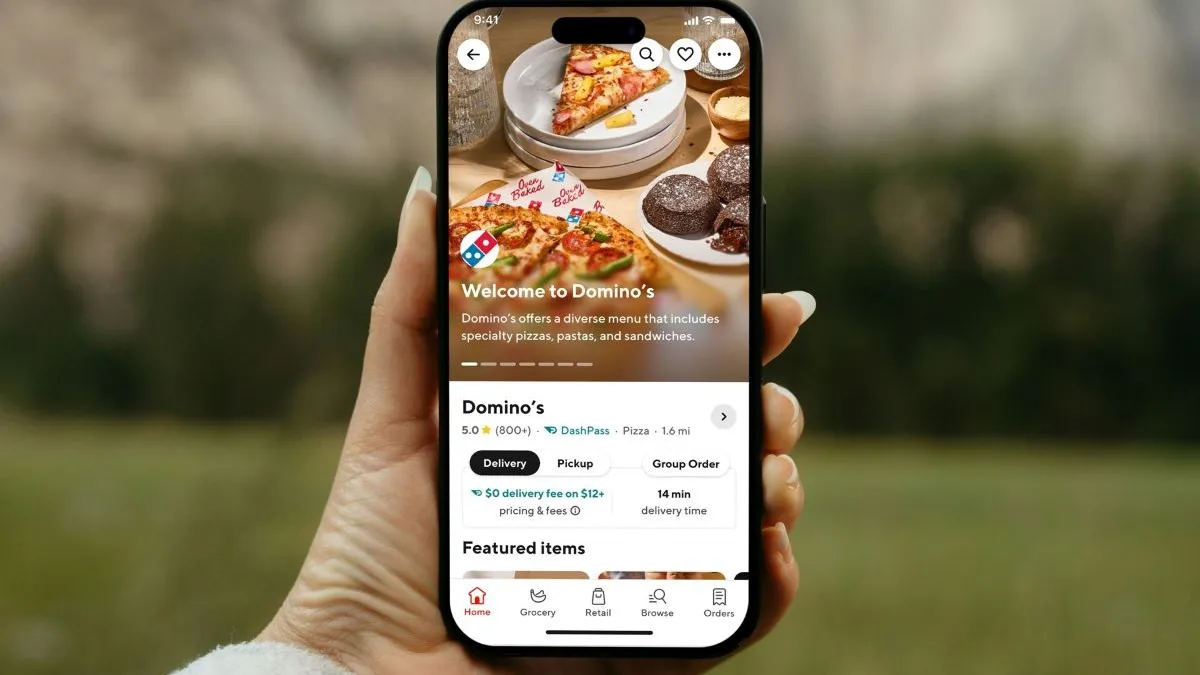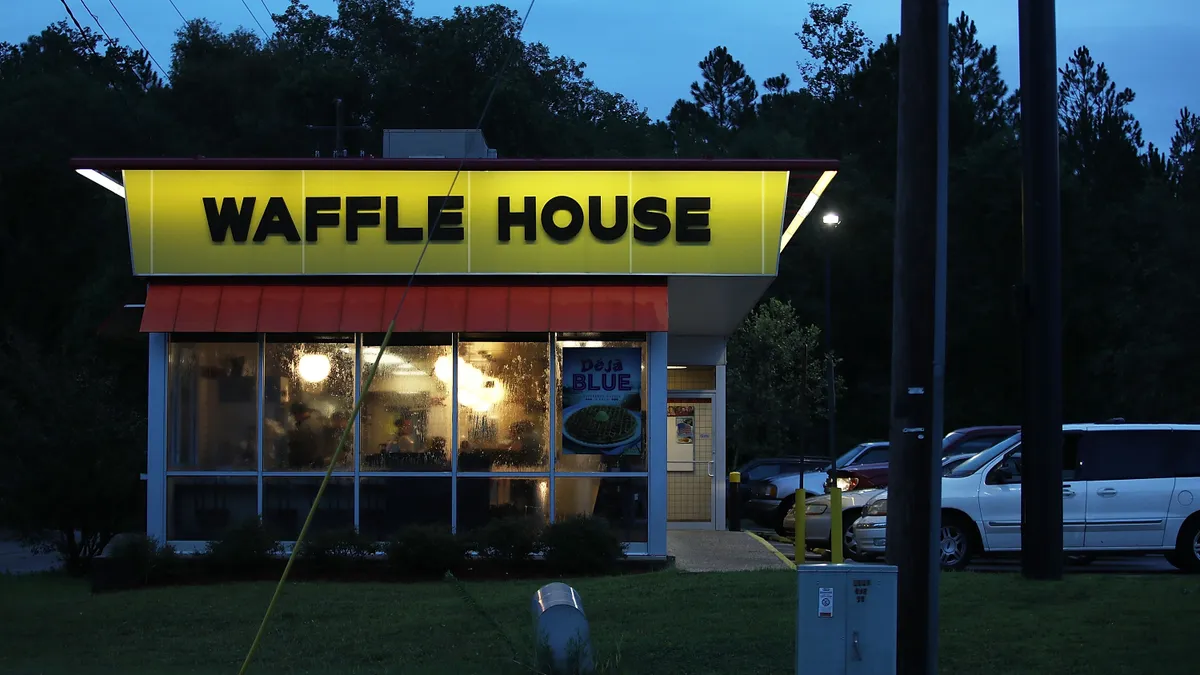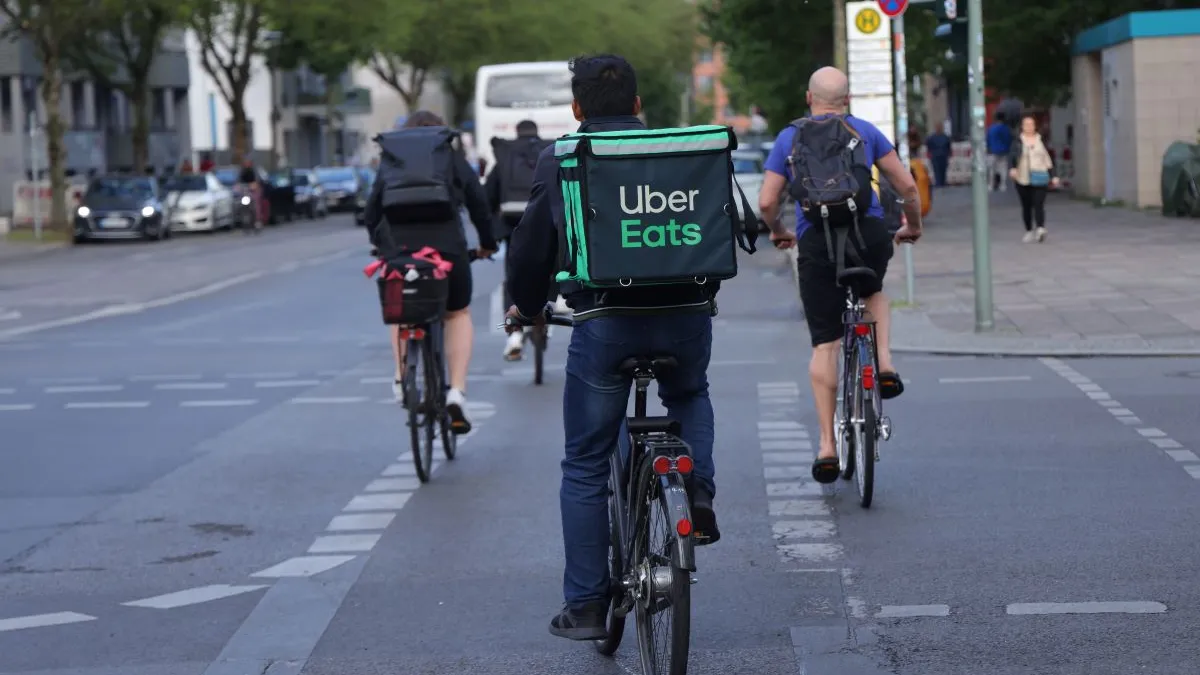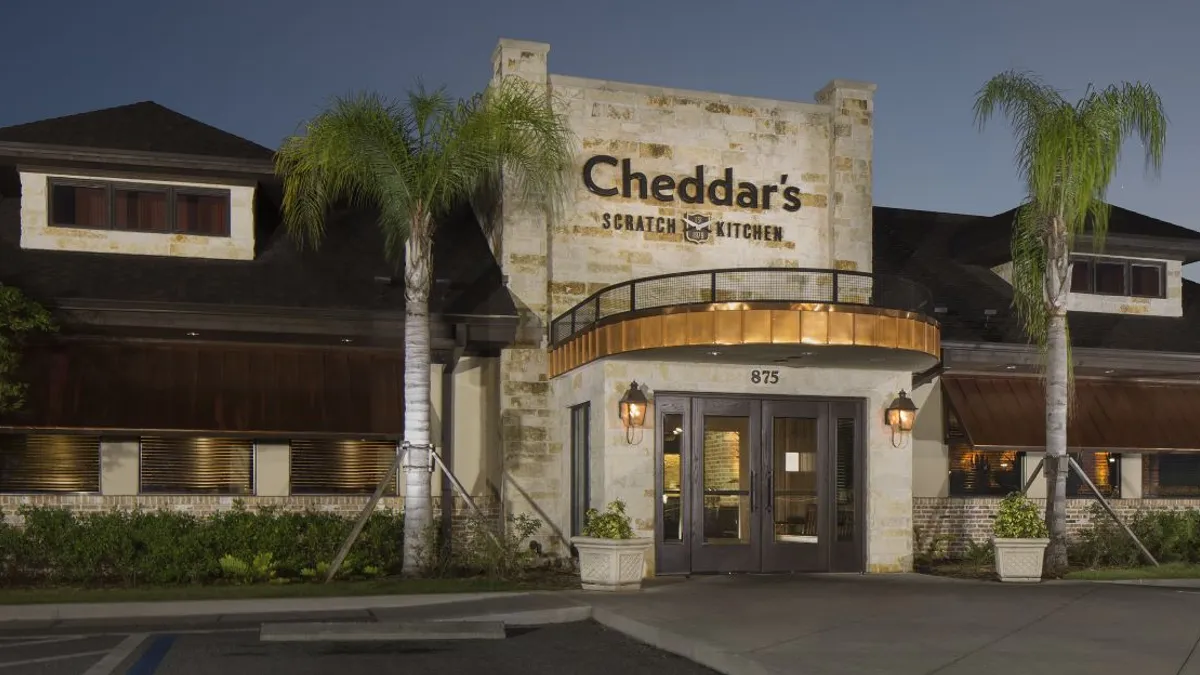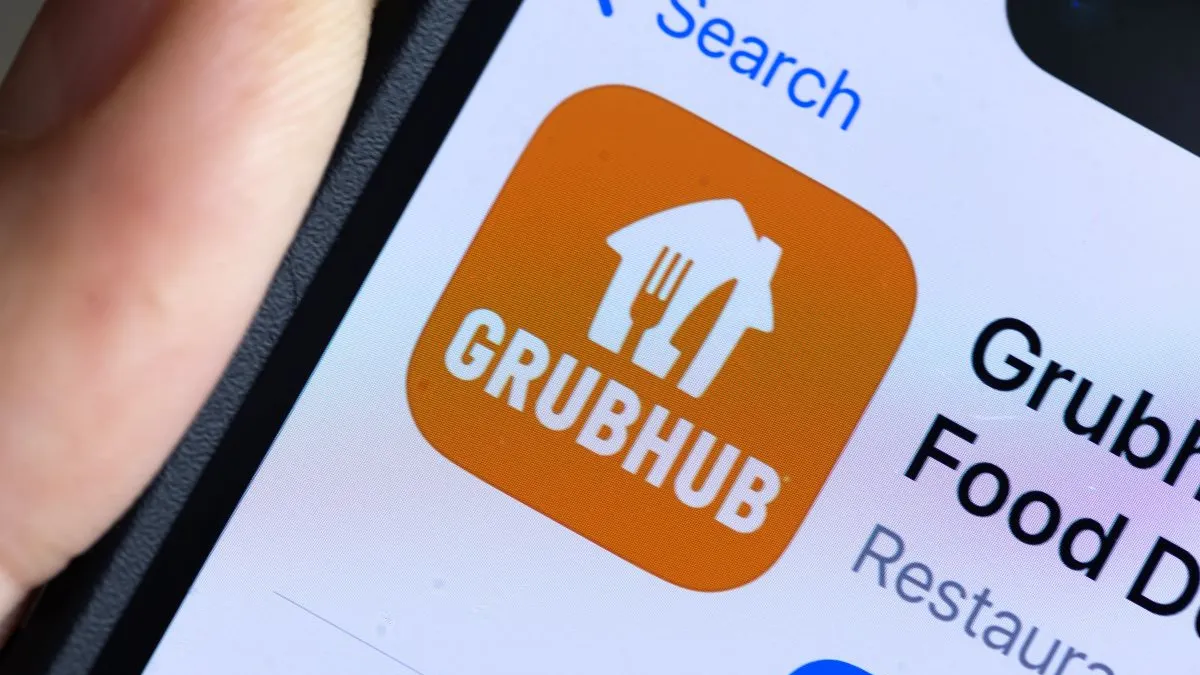CHICAGO — If sales from the top five third-party delivery providers were combined — a whopping $9.8 billion in 2018 — as a whole entity, they would fall within the top 10 U.S. restaurant chains, said Technomic principal Donna Crecca during a presentation at the National Restaurant Association Show. To say that delivery is growing is an understatement. In 2018, delivery increased sales by 55%, on top of a 35% increase a year prior.
But as delivery grows, the nature of what items it offers continues to change as well. "The very meals delivered are different," Crecca said. Orders now include a lot more entrees, sides, appetizers, salads and even desserts. In addition, dinner is now the primary daypart for delivery. But she asked, "What’s missing?" Her answer: beverages.
Beverages are one of the most profitable areas of a restaurant, but very few deliver alcohol, Crecca said. The biggest obstacle has been understanding local and state regulations and training staff on how to be in compliance, but the regulatory environment is changing. States like Pennsylvania have recently eased up on their restrictions to sell alcoholic beverages at grocery stores and gas stations, and according to Bustle, the Keystone State has nothing in the books prohibiting beer delivery. The Takeout also reported that Alaska, Florida, Minnesota, and Washington, D.C., do not require permits to ship alcoholic beverages to shoppers.
The shift has allowed direct-to-consumer delivery to explode, Crecca said. Direct wine sales on platforms such as wine.com, for example, now makes up 10% of total wine retail sales. Amazon, Postmates, DoorDash and specialty delivery providers, including Saucy, Thirstie and Minibar, have all gotten into the game, in addition to grocers like Kroger and Giant Eagle.
Some restaurants have started to test the waters, but expansion has been slow because of the complexities of local and state laws. In recent years, Buffalo Wild Wings, Pizza Hut, TGI Fridays and BJ's Restaurant have added alcohol delivery.
Pizza Hut first tested alcohol delivery in 2017. The seeming success of that pilot led to an announcement in January that it would expand the service to 300 locations in seven states, with plans to get to 1,000 locations by this summer. Crecca noted that it's becoming part of the pizza chain's value proposition and is only likely to keep cropping up across the country. A possible key to Pizza Hut's continued expansion of its alcohol delivery is that it trains its employees on ID verification and proper handling of the product, which could help the growth run more smoothly.
On the casual dining front, BJ's Restaurant is delivering beers and bottled wine both directly and through its DoorDash partnership, and TGI Fridays is testing it with Lash in the Dallas market and considering this on a market by market basis to see how it can become an important part of the at home occasion, she said.
"No single service really owns alcohol delivery right now. [Consumers] are pretty much engaging with every model."

Donna Crecca
Principal, Technomic
Despite all of these options, consumers don't have a preference on what service they like the most. "No single service really owns alcohol delivery right now," Crecca said. "[Consumers] are pretty much engaging with every model."
That means there are a lot of opportunities for both restaurants and third-party delivery providers to grow in the space. While a handful of third-party delivery providers, including Postmates and Grubhub, currently offer alcohol delivery, others are exploring the idea as well.
"We're very focused on food delivery, but alcohol is something that consumers want," Tyson Queen, Waitr's national sales director, told Restaurant Dive during the National Restaurant Association Show. "It is a service we would love to bring [to consumers], but there are a lot of hoops to jump through. We want to make sure it is done right than to just do it."
He said the company is working on understanding legislation, what happens with concealed containers and who is liable for what. In Louisiana, where the company is based, Waitr is trying to get legislation passed to get alcohol delivery to consumers.
Consumers benefit from having a one-stop shop and restaurants gain another touchpoint to reach their consumer base, he said.
And those that do order delivery, mainly younger consumers, are already primed to order alcohol. Eight in 10 consumers aged 21 to 34 years old are ordering food delivery at least once per month and about 47% purchase alcohol every or most of the time they order food, Crecca said.
This demographic also sees alcohol delivery more as an everyday occasion. They order adult beverages more frequently than older consumers for weekday and weekend meals, she said, with one-third buying it for a weekend meal compared to 21% of consumers 35 and older. During the weekdays, those numbers shift to 21% for younger consumers and 15% for older ones.
"This is something we need to keep an eye on," she said. "Anytime you see that younger consumer over-indexing on a behavior, you can assume that demand and that behavior is going to grow."
Alcohol delivery is a 'double-edged sword'
By pairing alcohol with food delivery, restaurants can boost takeout traffic. Nearly 70% of consumers said they would rather order alcohol and food from the same provider, and two-thirds of consumers said they would order takeout from a restaurant if they knew they could also order adult beverages, Crecca said.
This means that restaurants could benefit from an increase in patronage for takeout delivery and increase customer loyalty, she said.
It also could be a way to bring the in-store experience to the customer. While delivering spirits can be tricky in some states, customers have been asking for cocktail kits and directions on how to make it, Crecca said. They then use their own alcohol to make a restaurant or bar's signature drink.
Even with this potential increase in takeout traffic, Crecca said alcohol delivery is like a "double-edged sword." According to Technomic data she cited, 27% of consumers say they will order alcohol delivery instead of going out to a sports bar or restaurant, and 27% also say they are going out to restaurants and bars less often because they now have the option of ordering drinks. With younger generations, that statistic for both occasions increases to 33%.
"That is a little concerning because what it is doing is effectively decreasing traffic for a restaurant," she said. While for the most part alcohol delivery leads consumers to engage with restaurants more often, she said the industry needs to pay attention to this trend to see whether it has long-term impacts.
Creating a foundation before diving in
Launching alcohol delivery isn't easy. Crecca said before restaurants add the service, they need a good understanding of their food delivery customers first. How are they interacting with delivery? Is this something they actually want? When are they ordering and for what? There are a lot of questions operators will want to consider before putting alcohol on their delivery menu.
Perhaps the most complicated issue to navigate are the regulations both on the local and state level. Crecca also emphasized that restaurants need to make sure their delivery partners are compliant with liquor regulations as well.
Other considerations include ensuring beverages arrive at the right temperature so consumers can enjoy them right away with their meals, marketing and pricing. The cost can get tricky because if there is too much of a markup, consumers aren't likely to order it when they aren't getting the same benefits of having a waiter and the same level of service as in a restaurant or bar.
Gaining a better understanding of this segment could be beneficial in the long term, especially since demand for alcohol delivery isn't likely to decrease anytime soon. Over a third of younger consumers said they plan to order alcohol delivery more often in the future and 27% of consumers 35 and older plan to order more, Crecca said.
"A lot of people appreciate that convenience and this is likely to continue to grow," she said.



